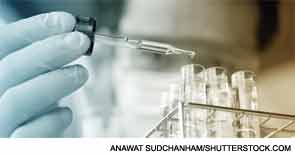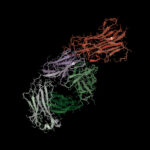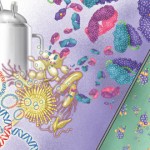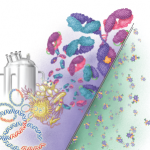
PARIS, FRANCE—Questions about biosimilars bring tremendous uncertainty to the world of rheumatology therapies, and a group of experts tried to shed light on the topic at the Annual European Congress of Rheumatology (EULAR 2014) in June, providing insights into the production of biosimilars, their regulation and potential economic effects.
Joao Goncalves, PhD, associate professor of pharmacy at the University of Lisbon, Portugal, who has helped write a position paper on the use of biosimilars for the Portuguese Society of Rheumatology, said the production of biosimilars is fraught with challenges. That the companies attempting to create them have a model to follow is only so helpful, he said.
“The biosimilar companies do not know anything about how to produce the original molecule,” Dr. Goncalves said. “They only know the sequence of the drug. They have to develop a completely innovative production method.”
These companies have to solve the problems of that production method, analyze the characteristics of the drug, analyze its mechanism of action and confirm the clinical biosimilarity.
The assessment of biosimilars has to take into account new scientific understanding of how monoclonal antibodies work—insights that weren’t known 15 years ago when the original anti-tumor necrosis factor hit the market. Most importantly, he said, is the role of glycosylation.
That is not nearly as simple as creation of a generic to an existing drug.
“When you have a generic, everything is equal,” Dr. Goncalves said. “For a biologic, it’s different—we have many possible isoforms. And the process really makes the product.”

Focus on Similarity
Inevitably, there is “passive drift,” the subtle changes over time—but acceptable to regulatory agencies—that occur with such complex compounds. But in the production process, the drug companies also insert their own “active drift”: the changing of tubing, relocating equipment or adding a new cell line.
The main idea, Dr. Goncalves said, is that the focus is on similarity and not de novo efficacy—if the similarity is present, then clinical results should follow.
The clinical upshot of biosimilars is that once the potential problems with biosimilars are identified, the risks associated with those problems can be described, and then those risks can be properly managed, Dr. Goncalves said.
Approved Biosimilars
Juan Esplugues, MD, PhD, professor of pharmacology at the University of Valencia, Spain, and an expert on biosimilars, pointed to the handling of the first two biosimilars of infliximab to illustrate the uncertainties involved in this new landscape.



